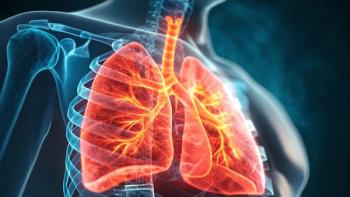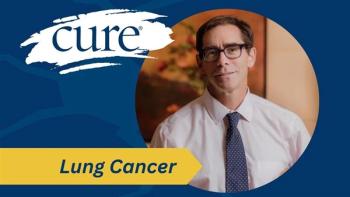
Research Shines Light on Disparities Across Breast Cancer Care
Dr. Regina Hampton discusses key factors contributing to this disparity, and how healthcare systems can address these challenges.
Black women are approximately 40% more likely to die due to their breast cancer diagnosis compared with their White counterparts, according to the Mass General Brigham website, which goes on to state that this number can be as high as 50% depending on the type of breast cancer.
In a study which was led by Mass General Brigham researchers and published in JAMA Oncology, these higher mortality rates can be partially attributable to factors such as socioeconomic inequality, delays in diagnosis and inadequate access to timely quality cancer treatment. To note, these factors are independent of tumor biology, according to the research.
Dr. Regina Hampton, a breast surgeon and the chief of Breast Surgery at Doctors Community Medical Center, Luminous Health, in Lanham, Maryland, sat down for an interview with CURE where she discussed key factors contributing to this disparity, and how healthcare systems can address these challenges.
Transcript:
Black women that develop breast cancer tend to be pretty unique in that they [typically] develop breast cancer at younger ages, oftentimes under the age of 50, when in the general population, we often see it over the age of 60. When these women are young, and especially if they're under the age of 40, it presents a challenge because they're not at the age when we would recommend getting mammograms. We usually recommend getting mammograms starting at age 40.
A young woman who's in her 30s who comes in with a breast mass and is African American, oftentimes many providers say, “You're not 40. You don't need a mammogram. Come back at 40.” [This is an unmet need because we then] are missing a lot of breast cancers. One of the challenges is that not enough people, patients and providers, understand the uniqueness of African American women [presenting] at a younger [age], so we can't miss that opportunity.
There have been some who've advocated that we should look at doing more population-specific screening guidelines so that we can hopefully catch more of these breast cancers. I think the other thing is, as we see in other disease states, many times African American patients are not seen or heard when they do have complaints. I think it's been well covered throughout the media about different biases.
[Many times] it is a lot of miseducation and people not understanding or taking the time to see and hear [their] patient, which is a whole other part of the medical system that I think we're all really struggling with.
Transcript has been edited for clarity and conciseness
For more news on cancer updates, research and education,




